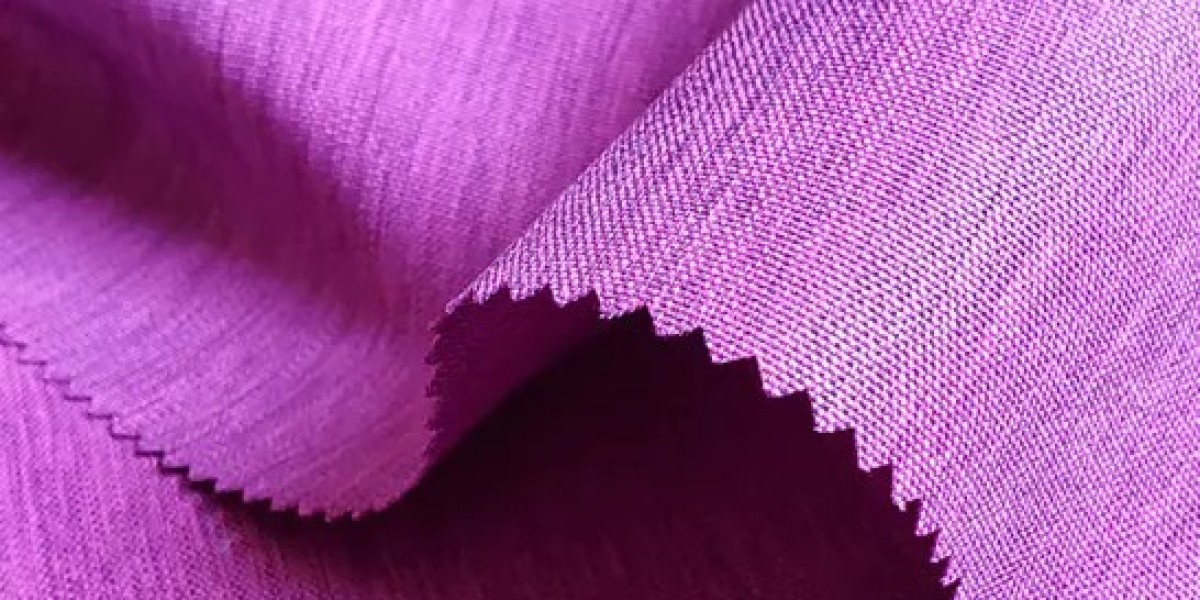Oxford fabric is a widely used textile known for its durability, texture, and versatility. It is commonly used in clothing, bags, upholstery, and other consumer products. The fabric is typically woven in a basket weave pattern, which gives it its characteristic strength and appearance. In this article, we will explore the manufacturing process of Oxford fabric and its benefits for both manufacturers and end-users.
The process of creating Oxford fabric begins with the selection of raw materials, typically cotton or synthetic fibers like polyester. These fibers are then spun into yarn, which is woven into the signature basket weave pattern. This pattern consists of two or more threads interwoven to create a sturdy, textured surface. The density of the weave can vary, affecting the fabric’s weight, texture, and overall performance.
Once the fabric is woven, it may undergo additional treatments, such as dyeing, waterproofing, or stain resistance. These treatments enhance the fabric's functionality, making it more suitable for various applications like clothing or outdoor gear. For example, a water-resistant finish may be applied to Oxford fabric intended for use in rain jackets or backpacks.
Oxford fabric has several key benefits that make it a popular choice for a variety of applications:
Durability: The basket weave structure provides increased strength and resistance to wear and tear. As a result, products made from Oxford fabric, such as bags or outdoor gear, tend to last longer even under regular use.
Comfort: When made from cotton or cotton-blend materials, Oxford fabric is breathable and comfortable to wear. This makes it a preferred material for casual shirts and lightweight outerwear.
Versatility: Oxford fabric is used in a wide range of applications, from apparel to industrial uses. Its ability to be treated for specific purposes, such as water resistance or UV protection, makes it suitable for a variety of environments and products.
Easy Care: Oxford fabric, especially when made with synthetic fibers, is relatively easy to care for. It is resistant to wrinkles and does not require frequent ironing or special handling.
Oxford fabric’s durability, comfort, and versatility make it an ideal choice for a wide range of products. The manufacturing process, which involves weaving and finishing treatments, is designed to optimize the fabric’s performance for its intended use. Whether used in clothing, bags, or outdoor gear, Oxford fabric continues to be a popular and reliable material.



